Find A Professional
More Items From Ergsy search
-
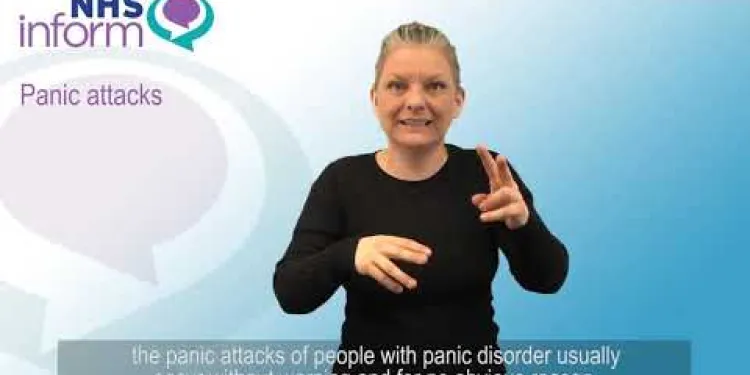
BSL - Diagnosis of panic disorder
Relevance: 100%
-
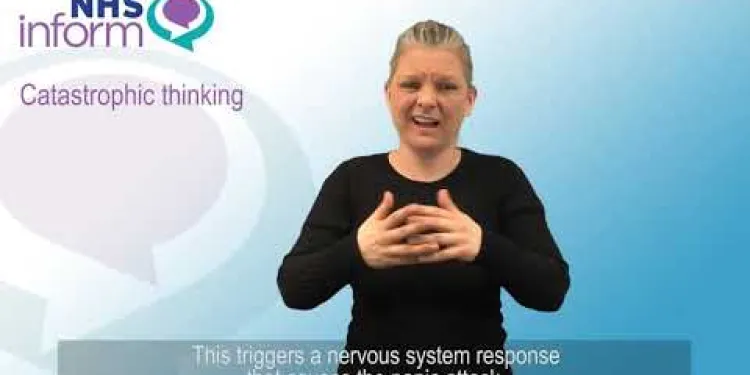
BSL - Causes of panic disorder
Relevance: 75%
-
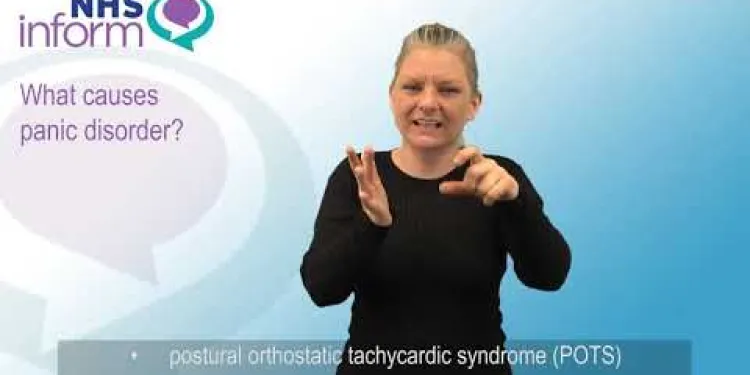
BSL - Introduction to panic disorder
Relevance: 65%
-
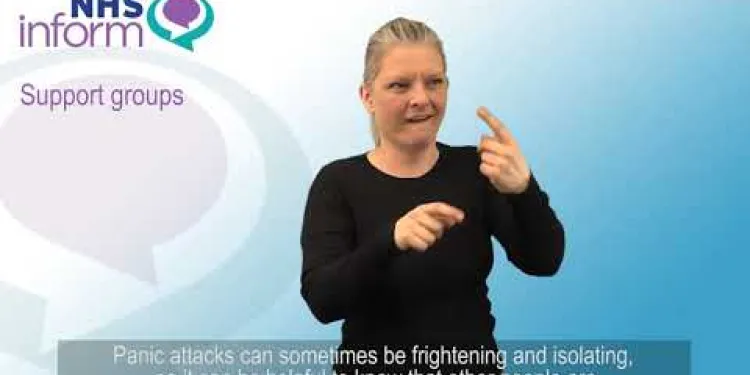
BSL - Treatment of panic disorder
Relevance: 57%
-
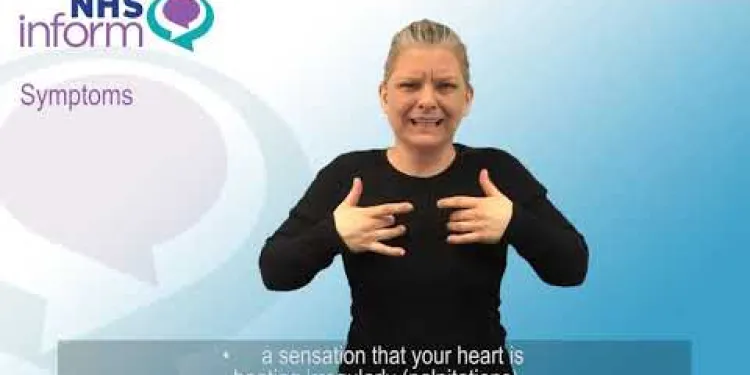
BSL - Symptoms of panic disorder
Relevance: 55%
-
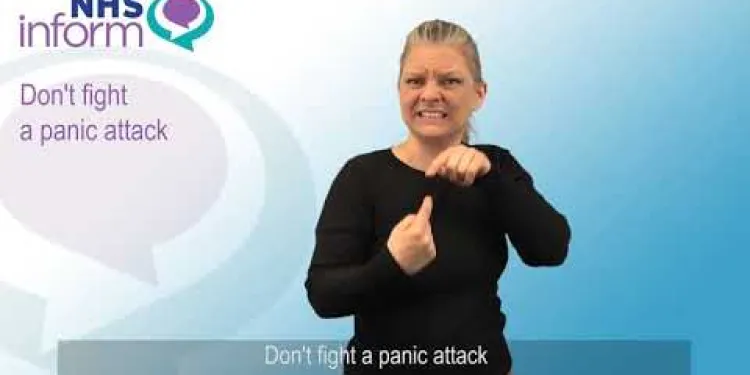
BSL - Panic disorder: things you can do to help yourself
Relevance: 51%
-

Short Films About Mental Health - Personality Disorders
Relevance: 46%
-

The treatment approach for an eating disorder
Relevance: 36%
-

Eating disorders: treatment
Relevance: 36%
-
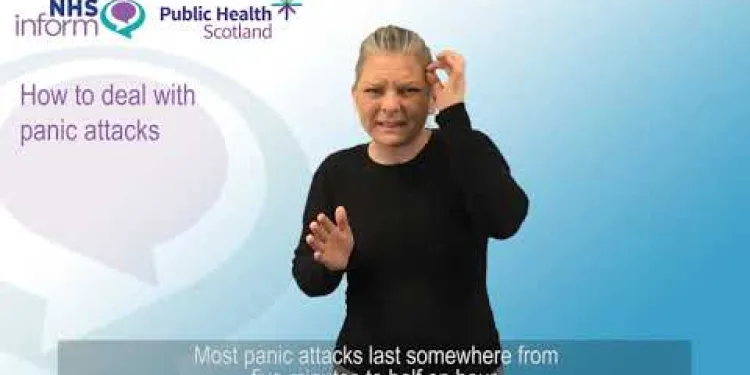
BSL - How to deal with panic attacks
Relevance: 36%
-

Bipolar disorder: Rod's story | NHS
Relevance: 33%
-

Living with Bipolar Disorder
Relevance: 32%
-

Jess Rann - Specialist Eating Disorders Dietitian
Relevance: 29%
-
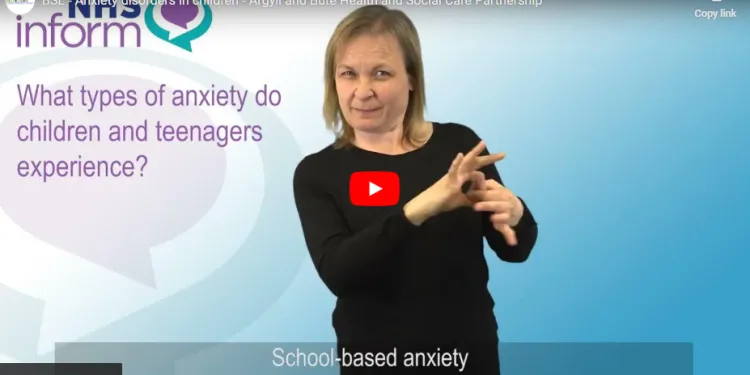
What type of anxiety do children and teenagers experience?
Relevance: 26%
-

Steve Green tells his story on living with a hoarding disorder
Relevance: 26%
-
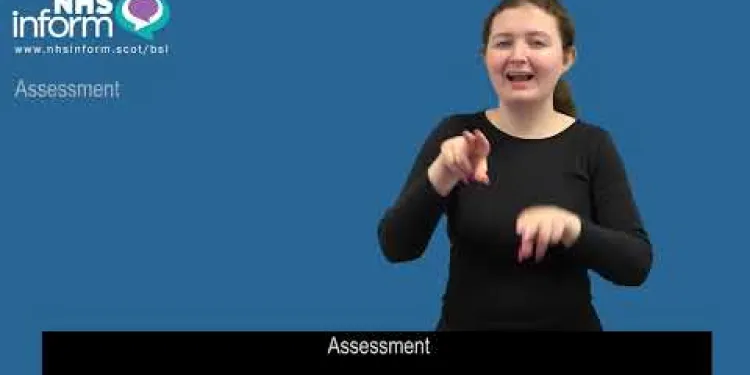
BSL - Diagnosis of obsessive compulsive disorder (OCD)
Relevance: 24%
-

Attention deficit hyperactivity disorder (ADHD) - Introduction
Relevance: 24%
-
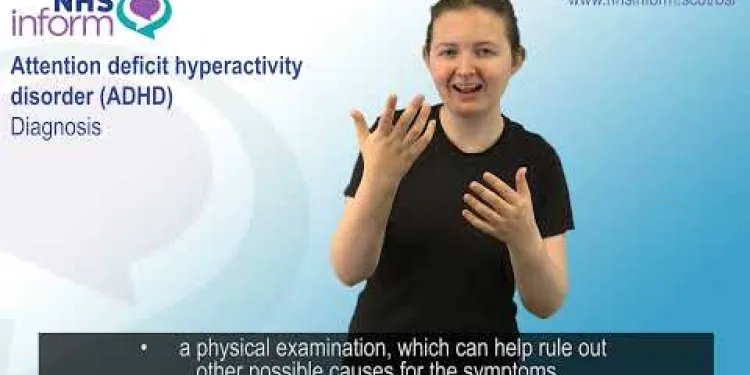
Attention deficit hyperactivity disorder (ADHD) - Diagnosis
Relevance: 23%
-

How is ADHD diagnosed?
Relevance: 23%
-

How is autism diagnosed?
Relevance: 21%
-

What is the difference between autism and Asperger's syndrome?
Relevance: 19%
-

How is psoriasis diagnosed?
Relevance: 16%
-
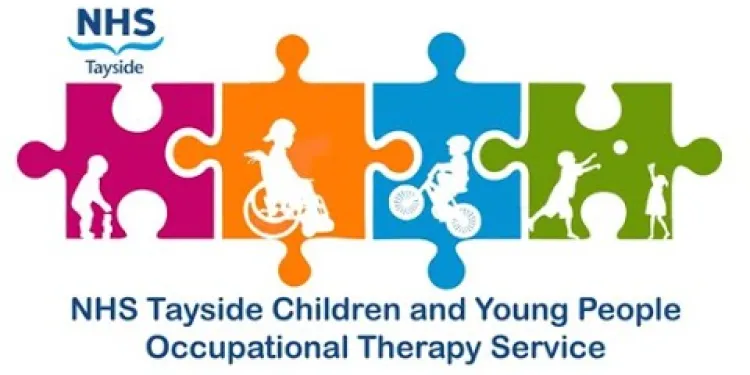
Developmental Coordination Disorder (DCD) for Children and Young People
Relevance: 16%
-

How is asthma diagnosed?
Relevance: 15%
-
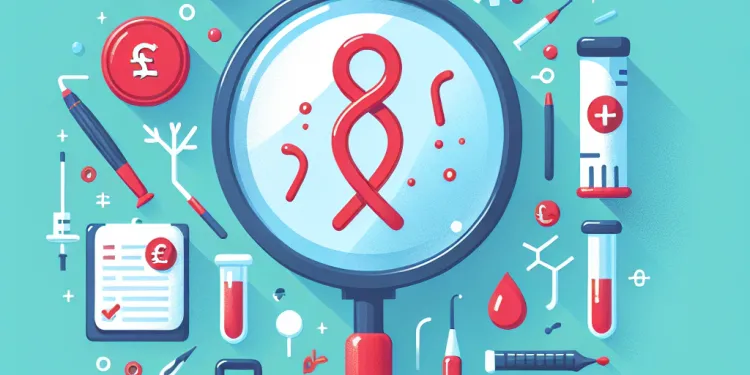
How is sickle cell disease diagnosed?
Relevance: 15%
-

Living with Foetal Alcohol Spectrum Disorder (FASD), a mum’s journey (full version)
Relevance: 15%
-

What are some common types of SEND?
Relevance: 15%
-
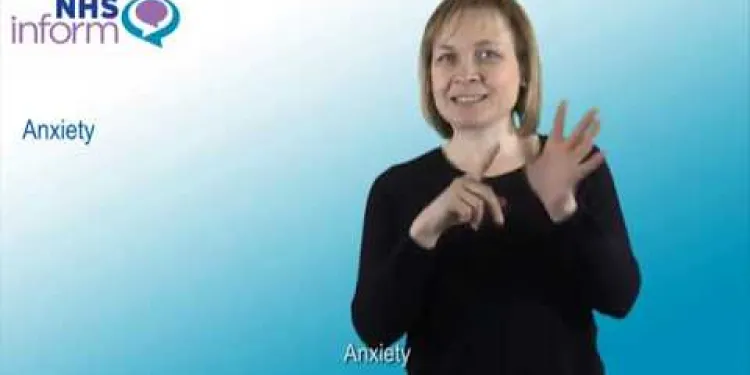
Generalised anxiety disorder (GAD)
Relevance: 15%
-

How is dementia diagnosed?
Relevance: 15%
-

Is ADHD more common in boys or girls?
Relevance: 14%
-

Attention deficit hyperactivity disorder (ADHD) - Living with ADHD
Relevance: 14%
-
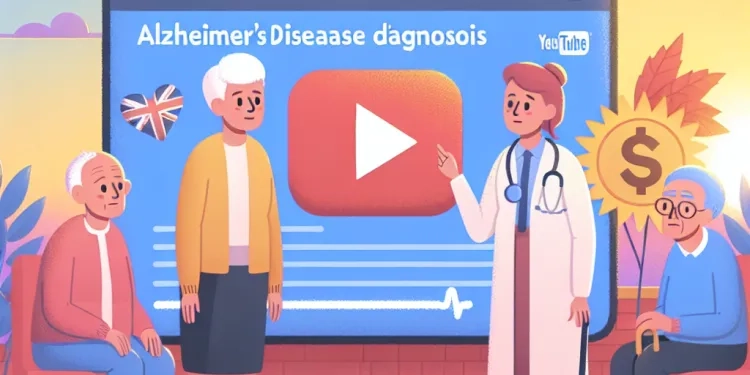
How is Alzheimer's disease diagnosed?
Relevance: 13%
-

Is there an autism test?
Relevance: 13%
-

How is Nipah Virus diagnosed?
Relevance: 13%
-

Anxiety | NHS
Relevance: 13%
-
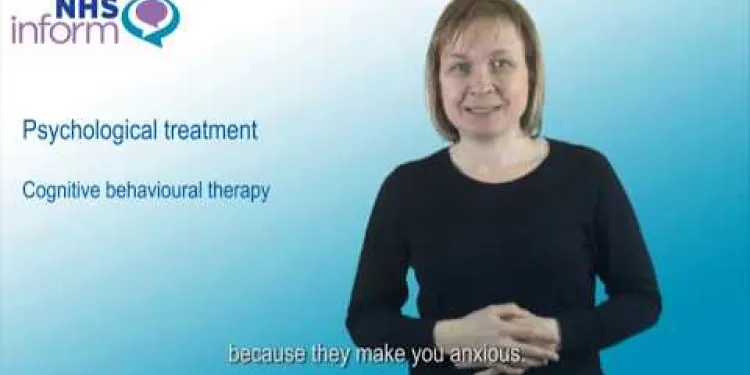
Treating generalised anxiety disorder (GAD)
Relevance: 13%
-

Can adults have autism?
Relevance: 12%
-
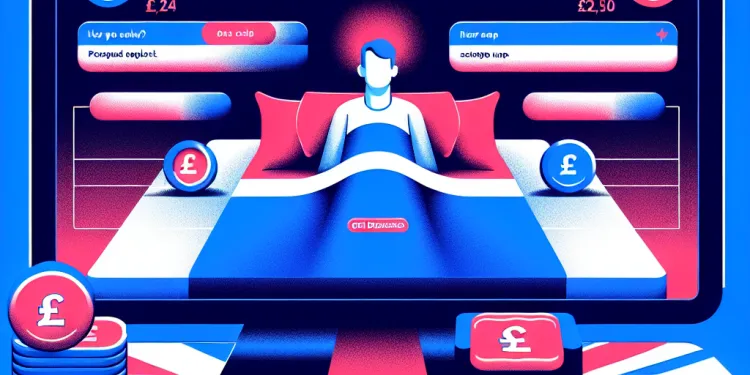
How is sleep apnea diagnosed?
Relevance: 12%
-

What is Seasonal Affective Disorder? (SAD)
Relevance: 12%
-

What causes ADHD?
Relevance: 12%
Diagnosis of Panic Disorder
Introduction to Panic Disorder
Panic Disorder is a mental health condition characterised by recurrent and unexpected panic attacks. These panic attacks involve a sudden onset of intense fear or discomfort, accompanied by physical and cognitive symptoms such as palpitations, sweating, trembling, shortness of breath, chest pain, dizziness, and a fear of losing control or dying. Understanding the diagnosis of panic disorder is essential for effective treatment and management.
Recognising the Symptoms
In the United Kingdom, mental health professionals use criteria outlined in the Diagnostic and Statistical Manual of Mental Disorders (DSM-5) to diagnose Panic Disorder. To be diagnosed, individuals must experience recurrent, unexpected panic attacks and persistent concern or worry about having additional attacks or their consequences. Symptoms should persist for at least one month and not be attributable to substances, medical conditions, or other mental health disorders.
Initial Assessment
The diagnosis typically begins with a comprehensive evaluation by a General Practitioner (GP). This may involve a detailed medical history and physical examination to rule out other medical conditions that could mimic the symptoms of panic attacks. If necessary, the GP may refer the patient to a mental health specialist, such as a psychiatrist or psychologist, for further diagnostic assessment.
Psychological Evaluation
A psychological evaluation involves a series of interviews, questionnaires, and self-report assessments designed to gather information about the individual's symptoms, mental health history, and the impact of panic attacks on their daily life. Tools often used include the Panic Disorder Severity Scale (PDSS) and the Generalised Anxiety Disorder 7 (GAD-7) scale, which help quantify the severity and frequency of symptoms.
Exclusion of Other Conditions
Part of the diagnostic process involves the exclusion of other mental health disorders that may present with similar symptoms, such as Generalised Anxiety Disorder (GAD), social anxiety disorder, and specific phobias. Additionally, medical conditions like hyperthyroidism, cardiac arrhythmias, and vestibular disorders must be ruled out as potential causes of the symptoms.
Diagnosis and Treatment Plan
Once a diagnosis of Panic Disorder is confirmed, a tailored treatment plan is developed. This may include Cognitive Behavioural Therapy (CBT), medication such as selective serotonin reuptake inhibitors (SSRIs) or benzodiazepines, and lifestyle modifications. Early diagnosis and intervention are key in managing symptoms and improving the quality of life for individuals living with Panic Disorder in the UK.
Understanding the Diagnosis of Panic Disorder
What is Panic Disorder?
Panic disorder is a type of anxiety disorder characterized by sudden and repeated episodes of intense fear accompanied by physical symptoms such as a racing heart, dizziness, and shortness of breath. These episodes, known as panic attacks, can occur unexpectedly and can significantly affect a person's ability to function in daily life.
Symptoms of Panic Disorder
Panic disorder is diagnosed when a person experiences recurrent panic attacks and persistently worries about having more attacks. Physical symptoms include chest pain, trembling, sweating, and feelings of losing control or impending doom. It's important to rule out other medical conditions that may cause similar symptoms, such as heart disease or thyroid problems.
Diagnosing Panic Disorder in the UK
In the United Kingdom, the diagnosis of panic disorder typically involves a comprehensive evaluation by a GP or a mental health specialist such as a psychiatrist. The process starts with a detailed discussion of the patient's symptoms, medical history, and any triggering events. Diagnostic criteria from the ICD-10 or DSM-5 may be used, which require the presence of recurrent, unexpected panic attacks, and ongoing concern about additional attacks.
Assessment Tools and Techniques
Healthcare providers may use standardized assessment tools to evaluate the severity and impact of panic disorder symptoms. Questionnaires and interview guides are often used to gather information. Physical examinations and laboratory tests might be conducted to rule out other conditions. Mental health professionals in the UK are trained to provide a sensitive and confidential environment for assessment.
Treatment and Management
Once diagnosed, panic disorder is treatable through various interventions including cognitive behavioural therapy (CBT), which is commonly recommended in the UK. Medication such as selective serotonin reuptake inhibitors (SSRIs) may also be prescribed. Early diagnosis and intervention can significantly improve the quality of life for individuals experiencing panic disorder.
Frequently Asked Questions
What is panic disorder?
Panic disorder is an anxiety disorder characterised by recurrent, unexpected panic attacks. A panic attack is a sudden period of intense fear or discomfort, often with physical symptoms.
What causes panic attacks in panic disorder?
The exact cause of panic attacks isn't fully understood, but they may be triggered by stressful situations, genetic factors, brain chemistry, or underlying health conditions.
How is panic disorder diagnosed?
Panic disorder is diagnosed based on a clinical assessment. A GP or psychiatrist will review the patient’s symptoms, medical history, and may conduct a physical exam to rule out other conditions.
What are the common symptoms of panic disorder?
Symptoms include sudden and repeated panic attacks, feelings of losing control, overwhelming fear, heart palpitations, sweating, trembling, and shortness of breath.
Is panic disorder common in the UK?
Panic disorder affects a significant number of people in the UK, with many individuals experiencing panic attacks at some point in their lives.
Can panic disorder be treated?
Yes, panic disorder can be treated effectively with psychotherapy, medications, or a combination of both. Cognitive Behavioural Therapy (CBT) is commonly used.
What medications are used to treat panic disorder?
Medications such as selective serotonin reuptake inhibitors (SSRIs) and benzodiazepines can be prescribed for panic disorder under medical supervision.
How long does treatment for panic disorder usually last?
The duration of treatment varies depending on the individual’s response but can typically range from a few months to several years.
Can lifestyle changes help manage panic disorder?
Yes, maintaining a healthy lifestyle with regular exercise, a balanced diet, stress management techniques, and adequate sleep can help manage symptoms.
Is panic disorder linked to other mental health conditions?
Panic disorder can coexist with other mental health conditions such as depression, generalized anxiety disorder, and social anxiety disorder.
What should I do if I think I have panic disorder?
If you suspect you have panic disorder, it's important to consult with a healthcare provider for an accurate diagnosis and appropriate treatment plan.
Can children and teenagers have panic disorder?
Yes, while it typically develops in early adulthood, children and teenagers can also experience panic disorder.
Are there any support groups in the UK for panic disorder?
Yes, there are various support groups and resources available in the UK, such as Anxiety UK and Mind, that provide support for individuals with panic disorder.
Can panic disorder be cured?
While panic disorder may not be completely curable for everyone, effective treatments can help manage symptoms and significantly improve quality of life.
How can family members support someone with panic disorder?
Family members can offer support by understanding the condition, encouraging treatment, being patient, and helping to create a calming environment.
Useful Links
Useful links from: Strategies for Managing Seasonal Affective Disorder
- NHS - Seasonal Affective Disorder (SAD) The NHS provides detailed information about Seasonal Affective Disorder, including symptoms, causes, diagnosis, and treatment options. It also offers practical advice on managing the condition.
- Mind - Seasonal Affective Disorder (SAD) Mind is a leading UK mental health charity offering a comprehensive guide on SAD. The page includes information on symptoms, causes, self-care tips, treatments, and how to seek professional help.
- SAD.org.uk - UK Sufferers of SAD This site is dedicated to UK sufferers of SAD. It offers a wealth of resources, including information on the disorder, treatment options, personal stories, and support networks.
- Seasonal Affective Disorder Association (SADA) SADA is a UK-based charity focused exclusively on SAD. The website provides information on understanding the disorder, potential treatments, and support options available to those affected.
Useful links from: BSL - How to deal with panic attacks
- NHS - Panic Disorder Learn about panic disorder, its symptoms, causes, and available treatments from the UK's National Health Service.
- Mind - Understanding Panic Attacks and Panic Disorder Information from the charity Mind on understanding panic attacks and panic disorder, including tips on managing and coping.
- Samaritans - How We Can Help The Samaritans provide support for people experiencing panic attacks, including guidance on what to do during an attack and where to get further help.
- Anxiety UK - Panic Attacks Anxiety UK offers resources and support for those dealing with panic attacks, including treatment options and self-help strategies.
Useful links from: BSL - Introduction to panic disorder
- NHS - Introduction to Panic Disorder NHS page providing an overview of panic disorder, including symptoms, causes, diagnosis, treatment, and self-help tips.
- Mind - Panic Attacks Mind charity page offering information on panic attacks, symptoms, causes, how to cope, and where to find more support.
- Anxiety UK - Panic Disorder Anxiety UK provides detailed information about panic disorder, including symptoms, treatment options, and resources for help.
- Rethink Mental Illness - Panic Attacks and Panic Disorder Rethink Mental Illness page about panic attacks and panic disorder, offering advice on symptoms, getting help, and managing the condition.
Useful links from: BSL - Symptoms of panic disorder
- NHS - Panic disorder This NHS page provides detailed information on panic disorder, including symptoms, causes, diagnosis, and treatment options available.
- Mind - Panic attacks and panic disorder Mind, a leading UK mental health charity, offers comprehensive information on panic attacks and panic disorder, including symptoms, treatment, and self-help tips.
- Rethink Mental Illness - Panic attacks and panic disorder Rethink Mental Illness provides insights into the symptoms of panic attacks and panic disorder, along with practical advice and available treatments.
- Anxiety UK - Panic disorder Anxiety UK offers resources and support for those experiencing panic disorder, detailing symptoms, advice, and information on how to manage the condition.
Useful links from: BSL - Panic disorder: things you can do to help yourself
- NHS - Panic Disorder Comprehensive guide by the NHS on Panic Disorder, including symptoms, causes, diagnosis, and treatment options.
- Mind UK - Panic Attacks Information and support from Mind, a UK-based mental health charity, on understanding and coping with panic attacks.
- Anxiety UK - Panic Disorder Resources and support from Anxiety UK, a charity for those affected by anxiety disorders, offering practical advice for managing panic disorder.
- Rethink Mental Illness - Panic Disorder Details and support from Rethink Mental Illness on understanding and managing panic disorder.
- Ergsy carfully checks the information in the videos we provide here.
- Videos shown by Youtube after a video has completed, have NOT been reviewed by ERGSY.
- To view, click the arrow in centre of video.
- Most of the videos you find here will have subtitles and/or closed captions available.
- You may need to turn these on, and choose your preferred language.
- Go to the video you'd like to watch.
- If closed captions (CC) are available, settings will be visible on the bottom right of the video player.
- To turn on Captions, click settings .
- To turn off Captions, click settings again.
More Items From Ergsy search
-

BSL - Diagnosis of panic disorder
Relevance: 100%
-

BSL - Causes of panic disorder
Relevance: 75%
-

BSL - Introduction to panic disorder
Relevance: 65%
-

BSL - Treatment of panic disorder
Relevance: 57%
-

BSL - Symptoms of panic disorder
Relevance: 55%
-

BSL - Panic disorder: things you can do to help yourself
Relevance: 51%
-

Short Films About Mental Health - Personality Disorders
Relevance: 46%
-

The treatment approach for an eating disorder
Relevance: 36%
-

Eating disorders: treatment
Relevance: 36%
-

BSL - How to deal with panic attacks
Relevance: 36%
-

Bipolar disorder: Rod's story | NHS
Relevance: 33%
-

Living with Bipolar Disorder
Relevance: 32%
-

Jess Rann - Specialist Eating Disorders Dietitian
Relevance: 29%
-

What type of anxiety do children and teenagers experience?
Relevance: 26%
-

Steve Green tells his story on living with a hoarding disorder
Relevance: 26%
-

BSL - Diagnosis of obsessive compulsive disorder (OCD)
Relevance: 24%
-

Attention deficit hyperactivity disorder (ADHD) - Introduction
Relevance: 24%
-

Attention deficit hyperactivity disorder (ADHD) - Diagnosis
Relevance: 23%
-

How is ADHD diagnosed?
Relevance: 23%
-

How is autism diagnosed?
Relevance: 21%
-

What is the difference between autism and Asperger's syndrome?
Relevance: 19%
-

How is psoriasis diagnosed?
Relevance: 16%
-

Developmental Coordination Disorder (DCD) for Children and Young People
Relevance: 16%
-

How is asthma diagnosed?
Relevance: 15%
-

How is sickle cell disease diagnosed?
Relevance: 15%
-

Living with Foetal Alcohol Spectrum Disorder (FASD), a mum’s journey (full version)
Relevance: 15%
-

What are some common types of SEND?
Relevance: 15%
-

Generalised anxiety disorder (GAD)
Relevance: 15%
-

How is dementia diagnosed?
Relevance: 15%
-

Is ADHD more common in boys or girls?
Relevance: 14%
-

Attention deficit hyperactivity disorder (ADHD) - Living with ADHD
Relevance: 14%
-

How is Alzheimer's disease diagnosed?
Relevance: 13%
-

Is there an autism test?
Relevance: 13%
-

How is Nipah Virus diagnosed?
Relevance: 13%
-

Anxiety | NHS
Relevance: 13%
-

Treating generalised anxiety disorder (GAD)
Relevance: 13%
-

Can adults have autism?
Relevance: 12%
-

How is sleep apnea diagnosed?
Relevance: 12%
-

What is Seasonal Affective Disorder? (SAD)
Relevance: 12%
-

What causes ADHD?
Relevance: 12%